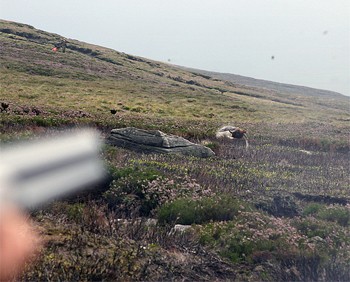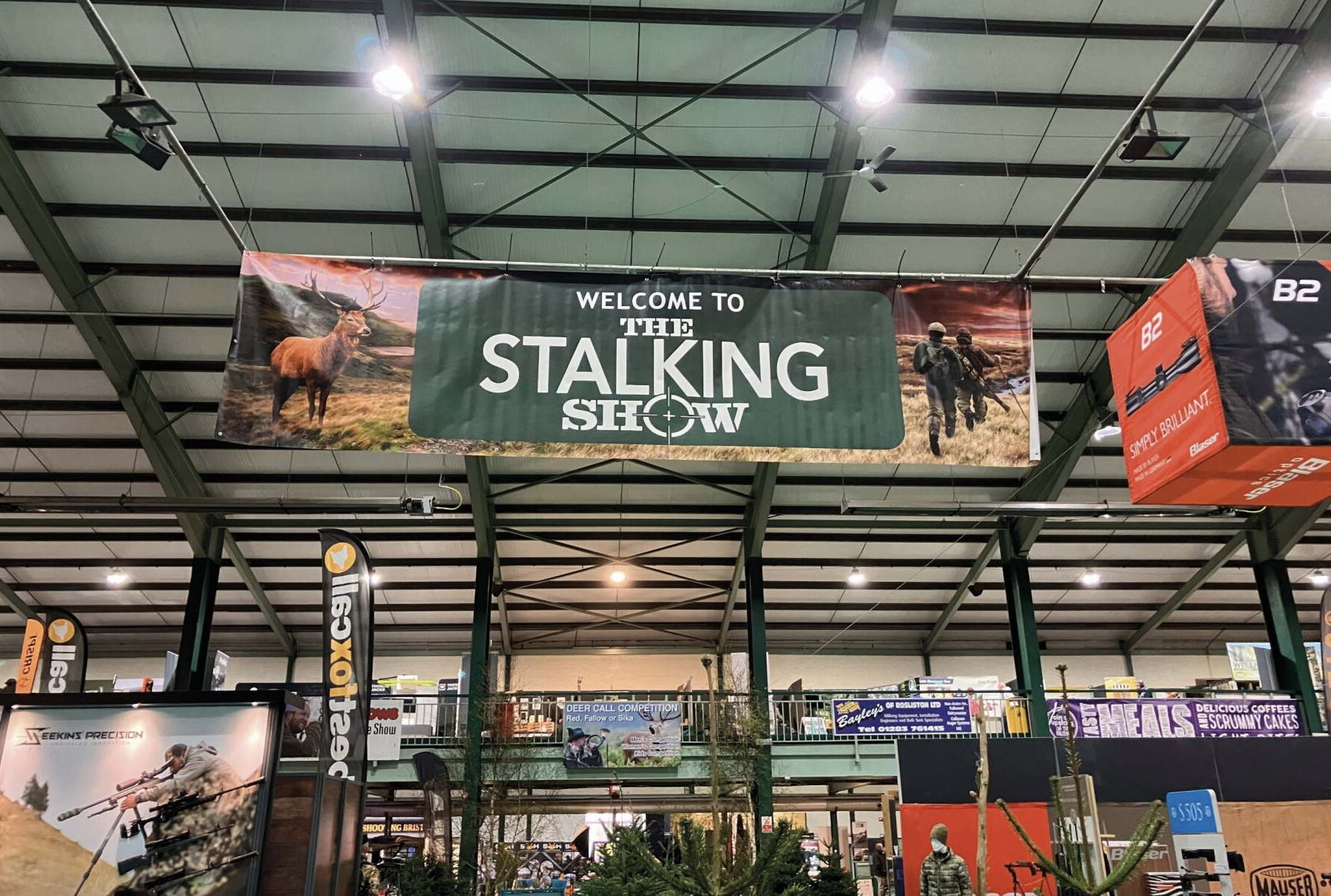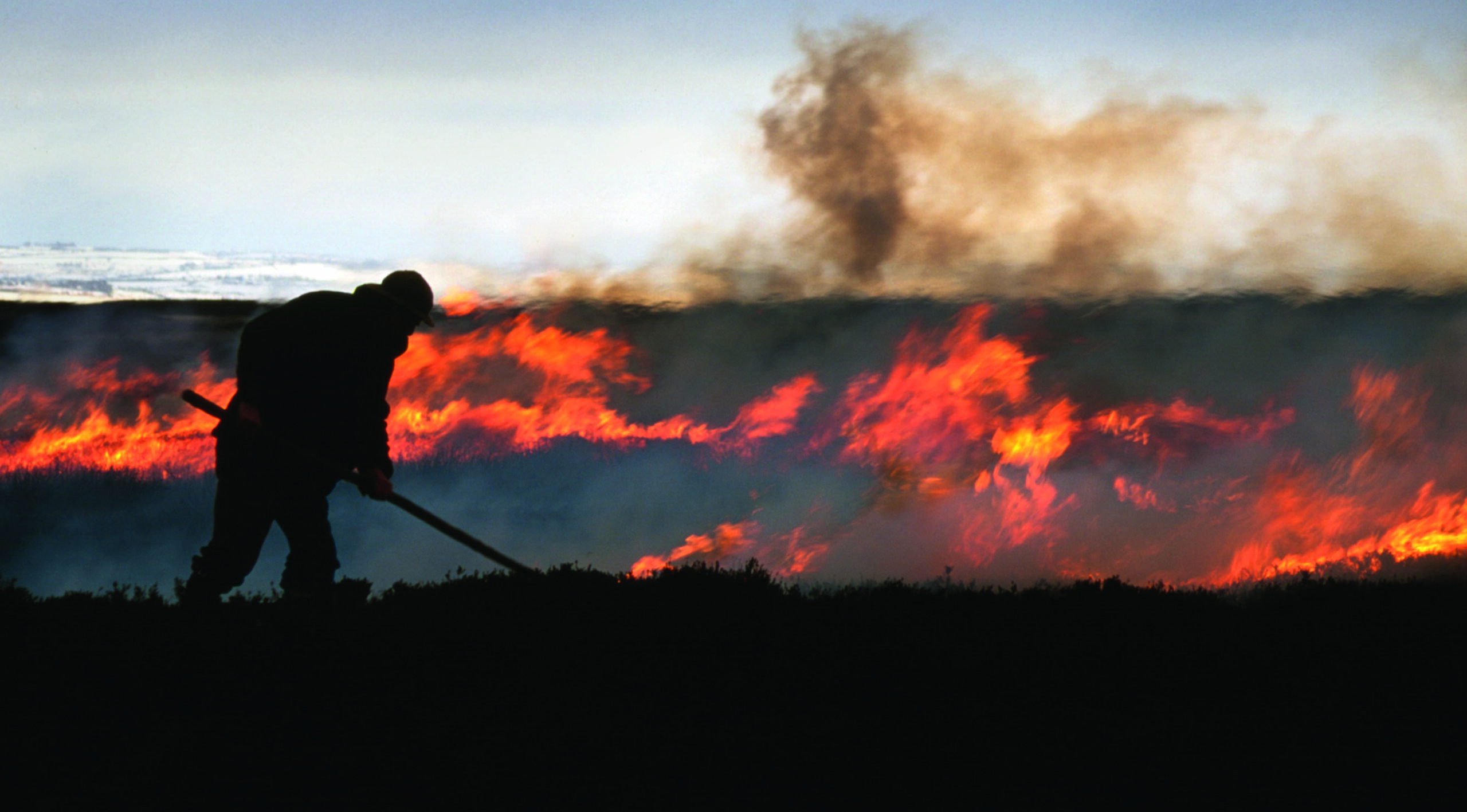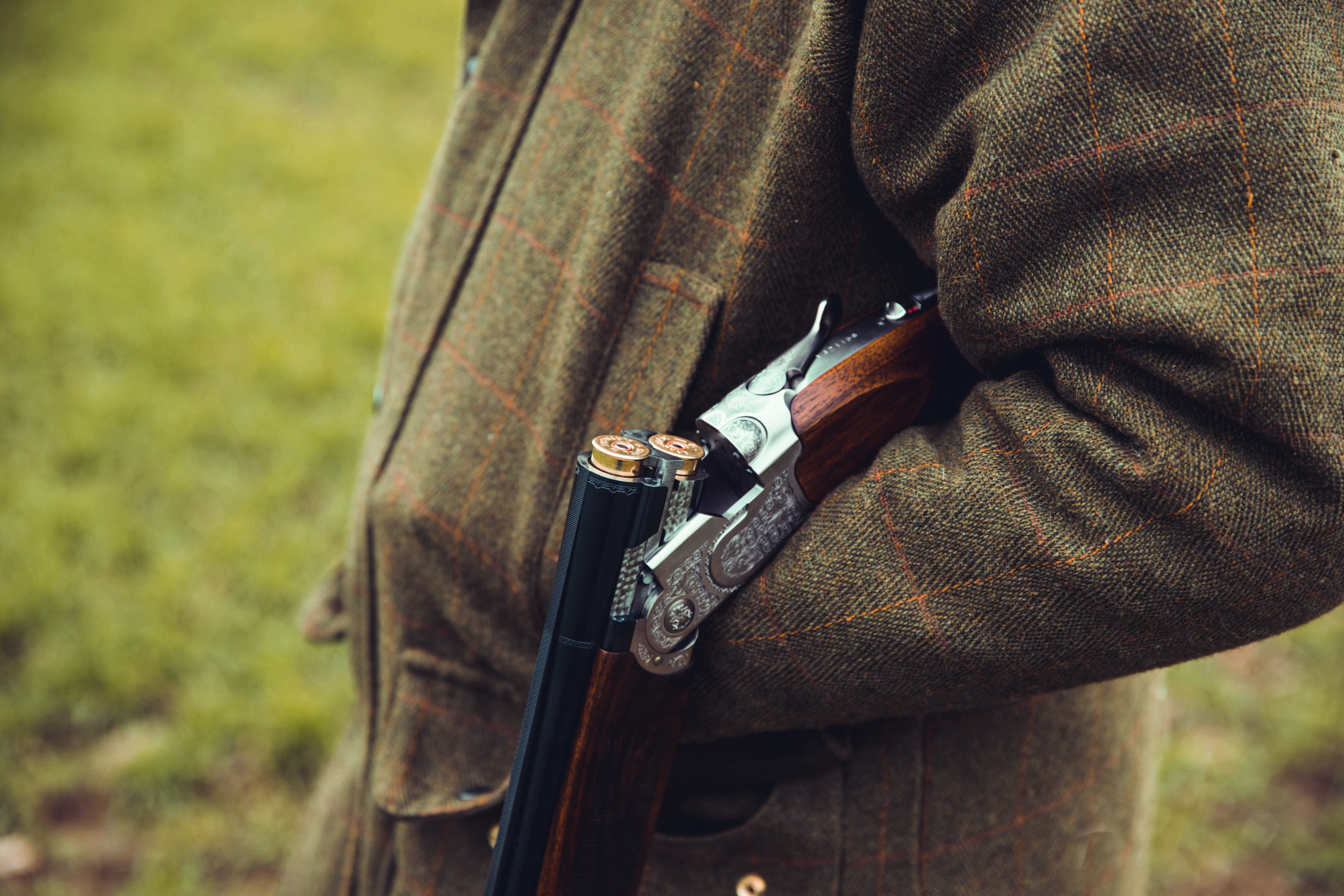Grouse shooting generates £23million for economy

An independent report that has been commissioned by the Game & Wildlife Conservation Trust (GWCT) shows that over the past 10 years, red grouse shooting has contributed tens of millions of pounds to the Scottish economy and supported thousands of jobs in remote rural communities.
Stewart Dunlop, of the Fraser of Allander Institute at Strathclyde University, who authored the report, said: “The data collected makes it very clear how grouse shooting directly benefits jobs and spending in remote rural areas in Scotland, and brings wider benefits for businesses trading on Scotland’s landscape and nature. With the Scottish environment secretary arguing that Scottish natural heritage tourism is vital to the Scottish economy, this report strongly suggests that Scottish policymakers should engage with the grouse industry to secure and potentially increase its contribution to the economy.”
The report found that grouse shooting now makes at least £23.3million for the Scottish rural economy and supports more than 1,072 full-time equivalent jobs, figures up since the previous review in 2001.
The most economically active moors in the survey were mid-size (around 7,500ha) and those moors that focused on driven grouse.
However, walked-up shooting on smaller and larger estates also made important contributions to businesses and the economy. Another finding was that, in recent years, 41% of estates have been able to recover all their costs.
This is a substantial change from the early 1990s, when only 1% of moors were profitable.
Despite this, the economic resilience of grouse shooting is being tested by falling numbers of grouse being shot.
In 2009, the study found that slightly less than half as many grouse were shot in Scotland as in 2001.

Scottish grouse counts look good for the coming season.
GWCT scientist, Dr Kathy Fletcher, said: “The severe winter did not have as dramatic an impact on the red grouse as initially thought. Indeed, some of the core sites counted by the GWCT have shown impressive increases in grouse production, including estates in the Monadhliath, Cairngorms and Tayside.”
But the GWCT’s Scottish director, Dr Adam Smith, warned that red grouse decline still threatened the shooting industry: “It is a grave concern that grouse numbers appear to remain under pressure from predation, disease and future afforestation when shooting has such socioeconomic benefits.”








